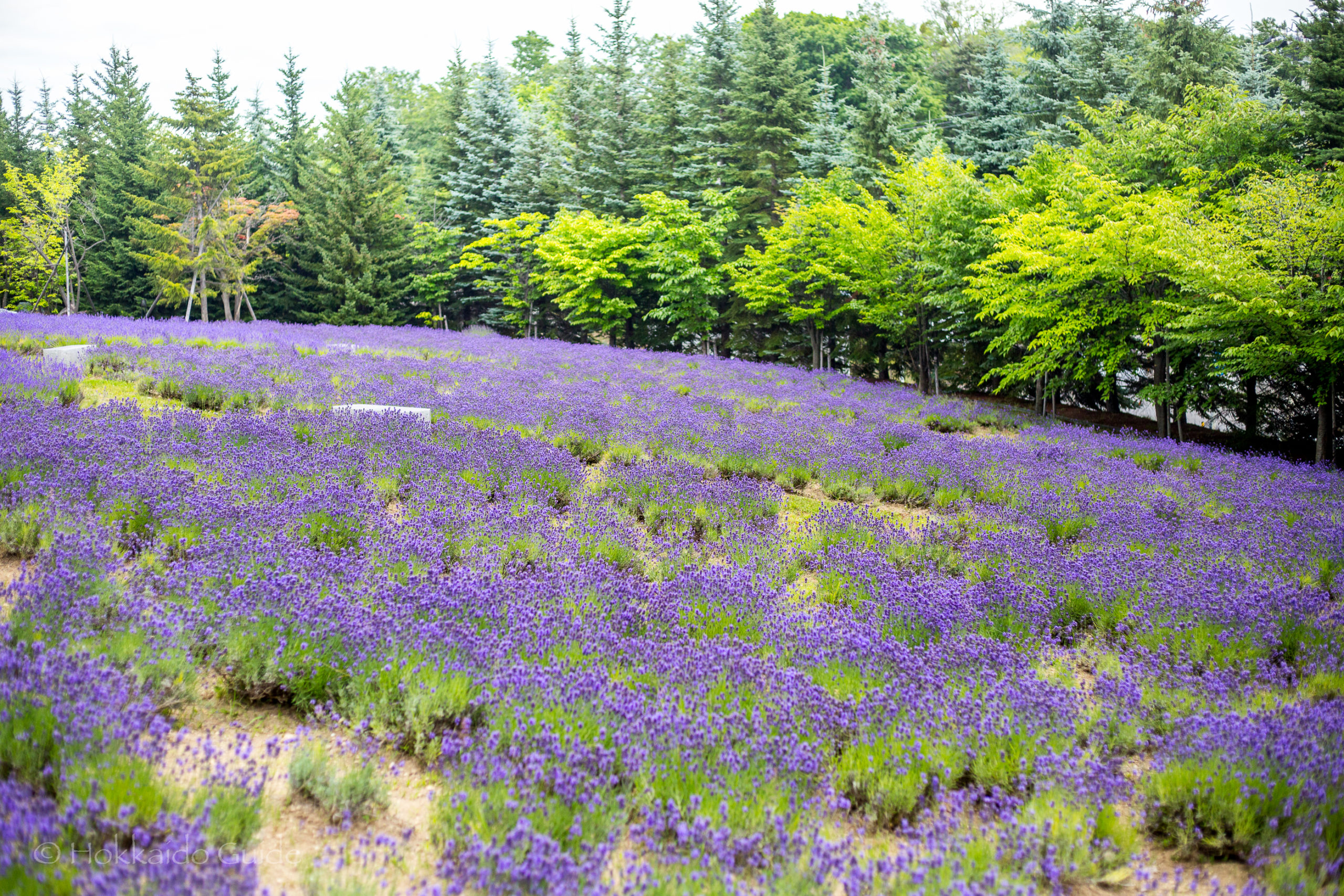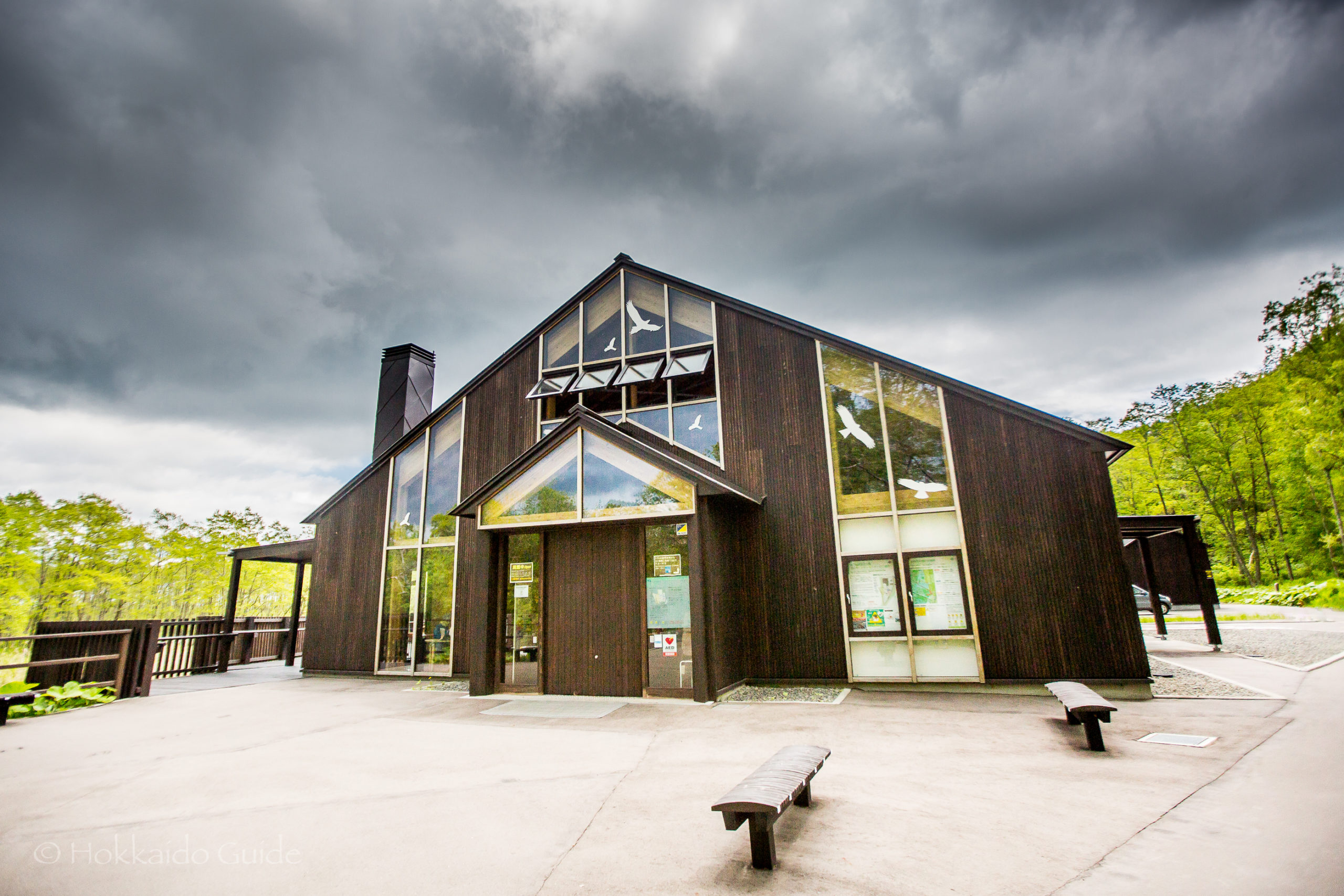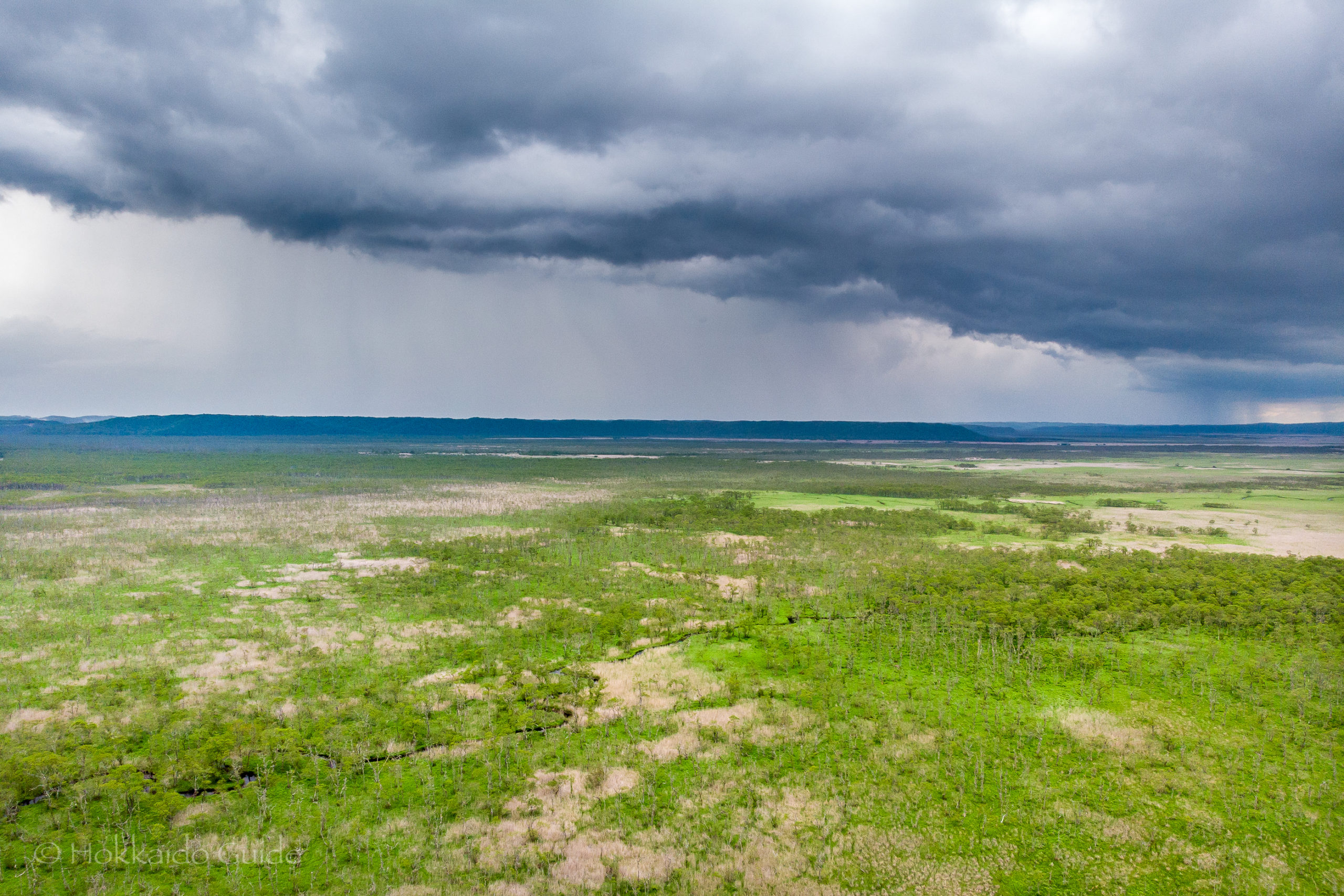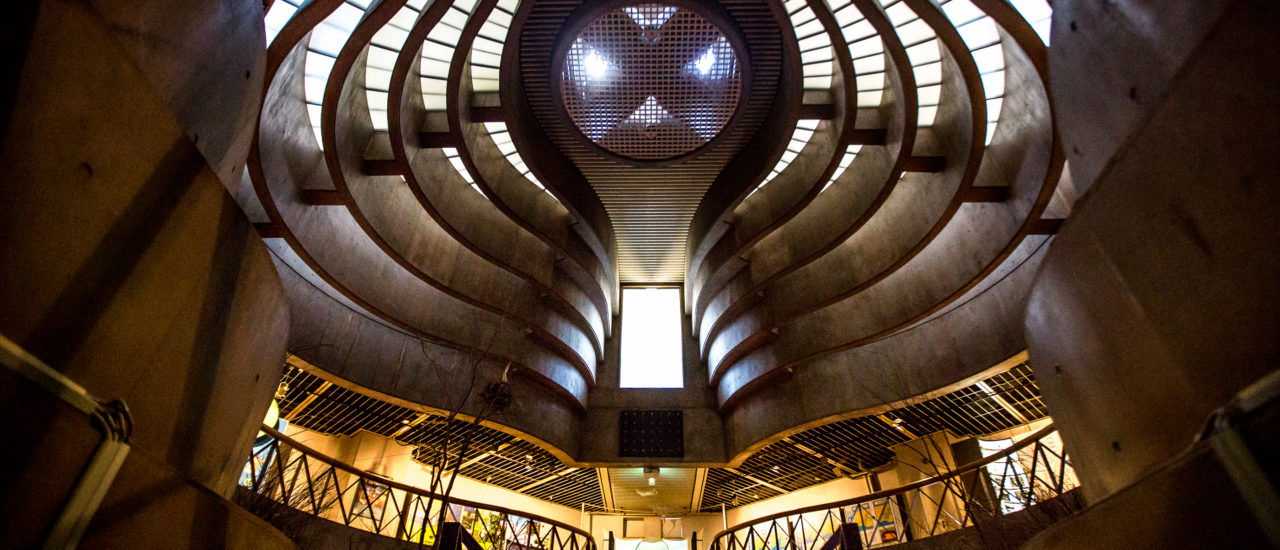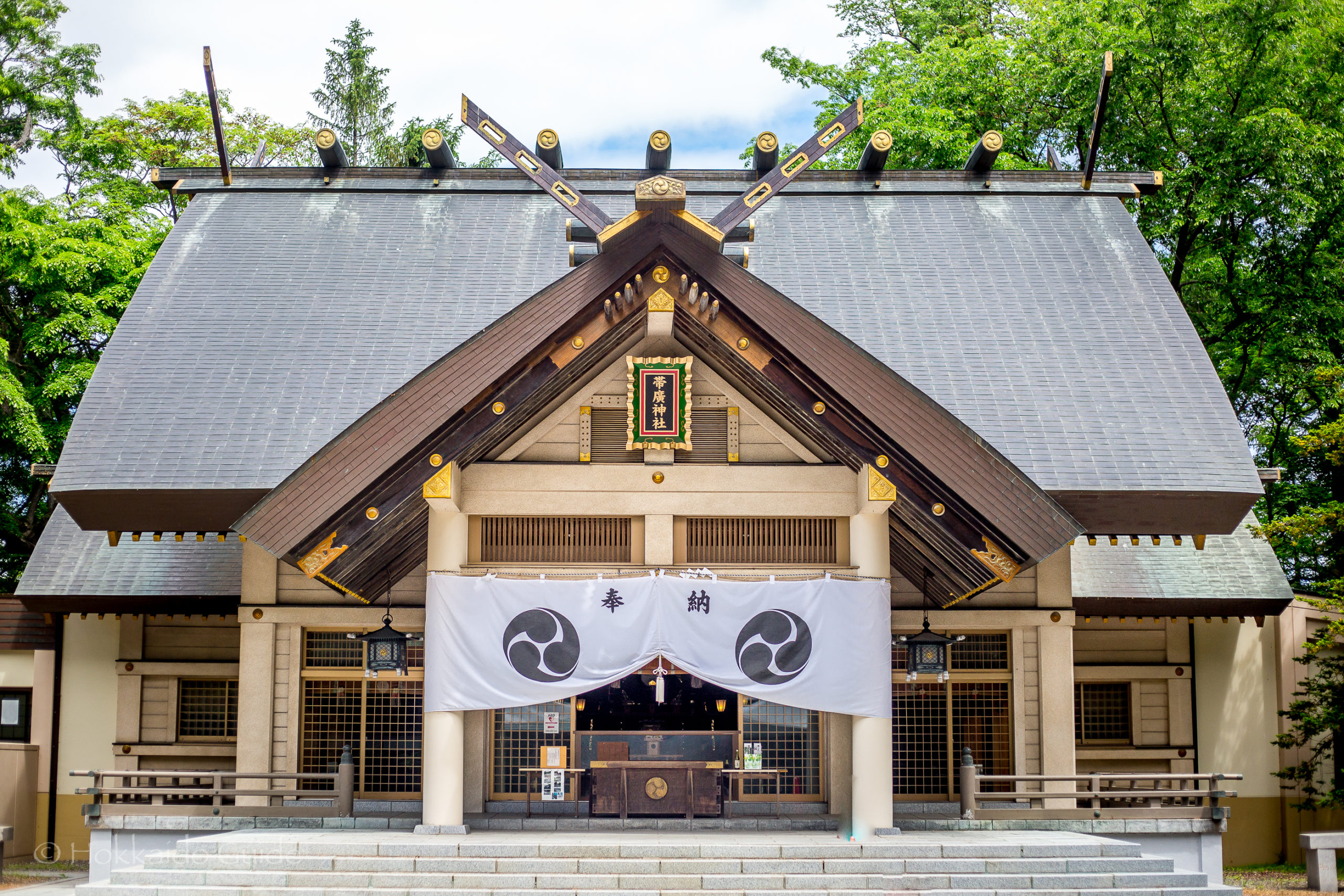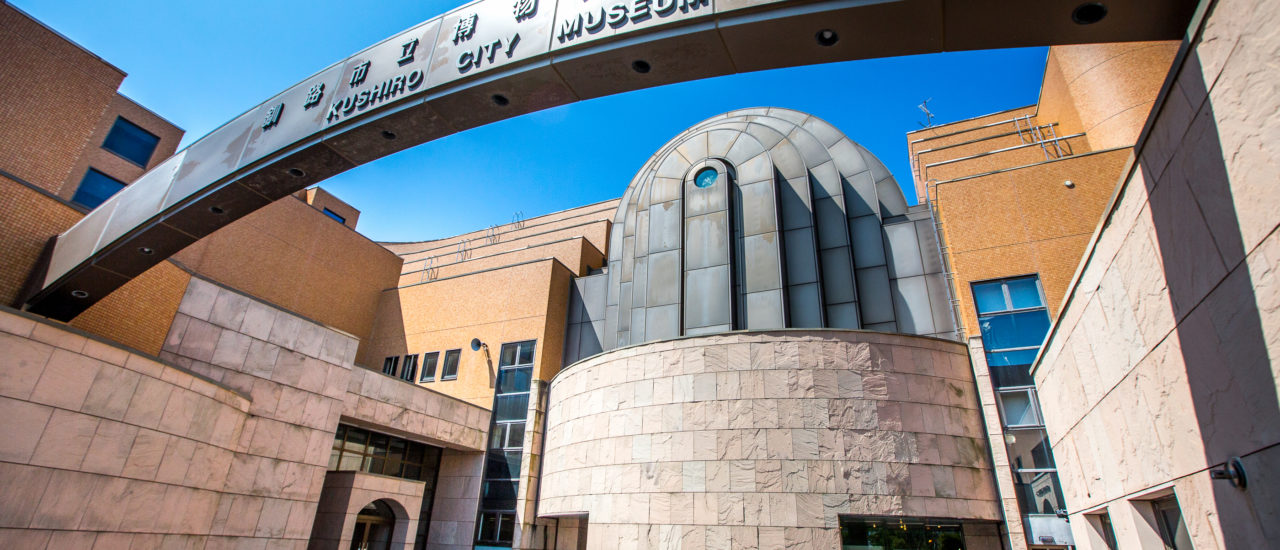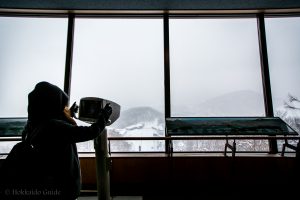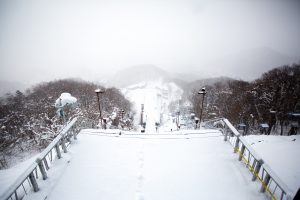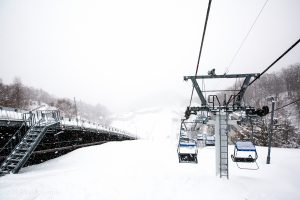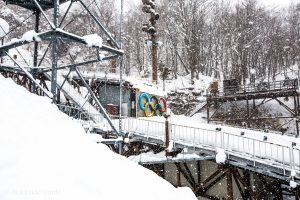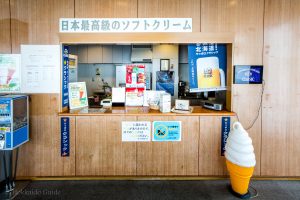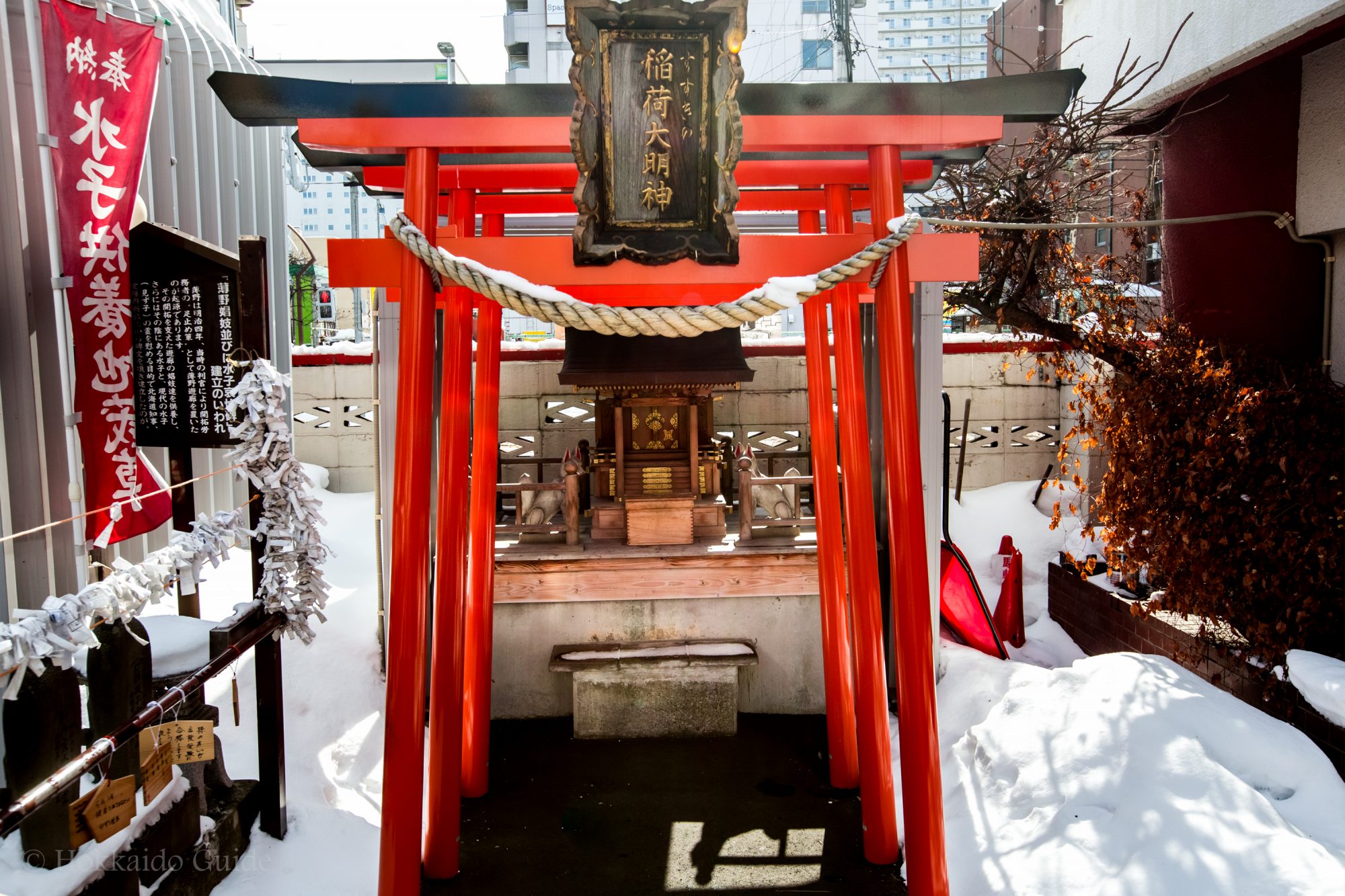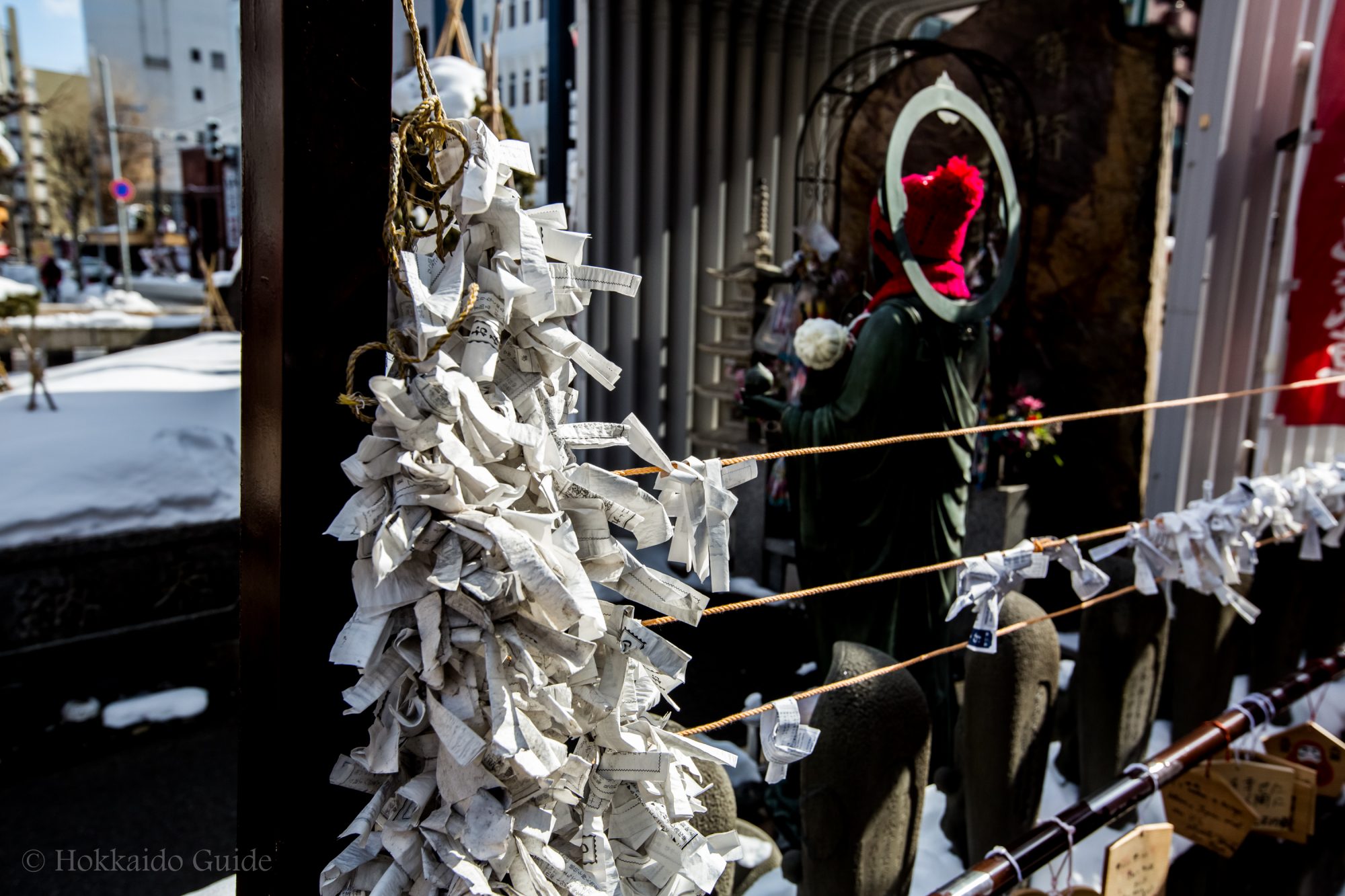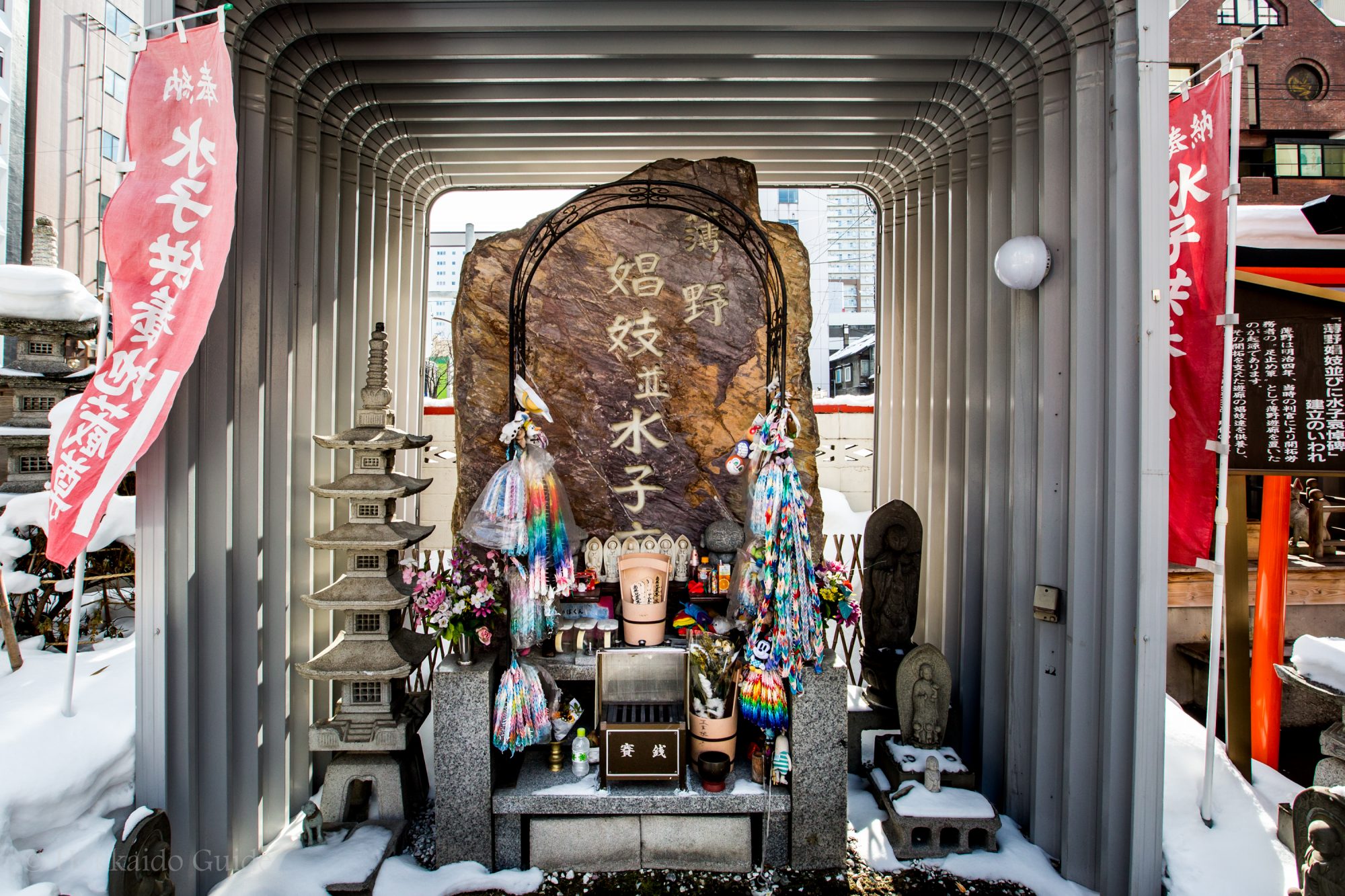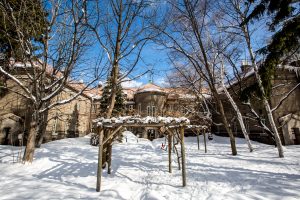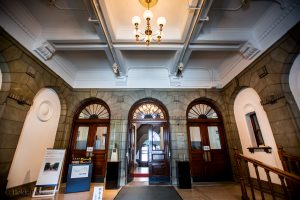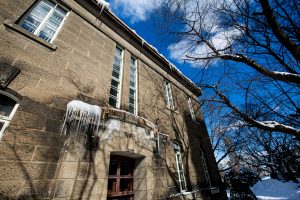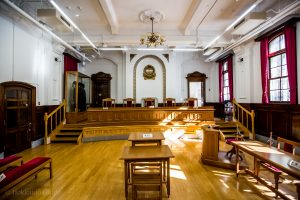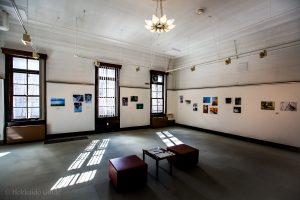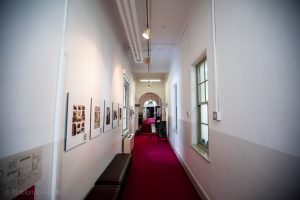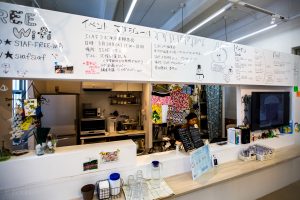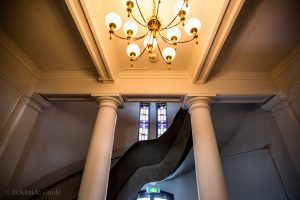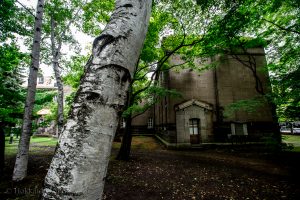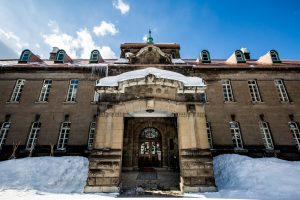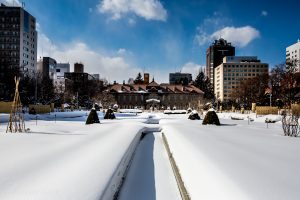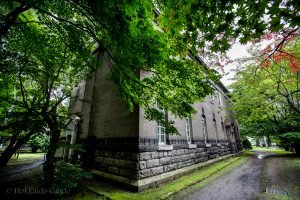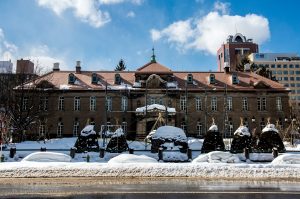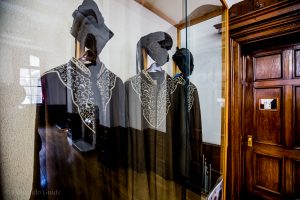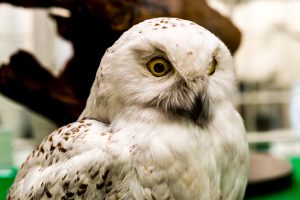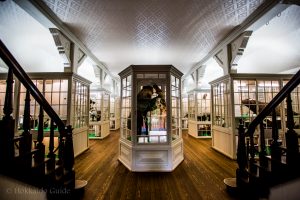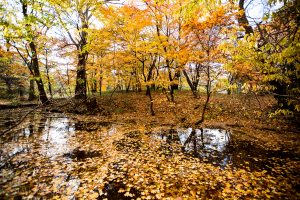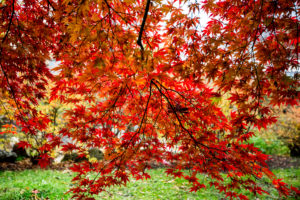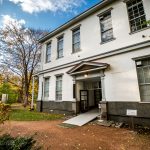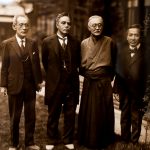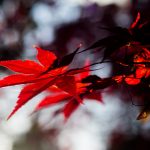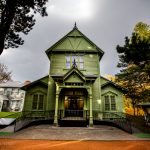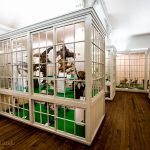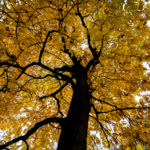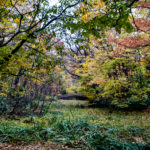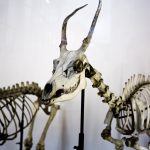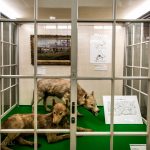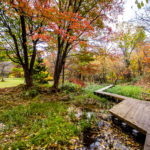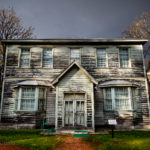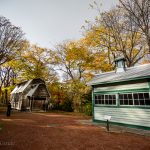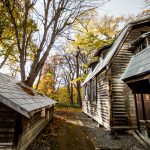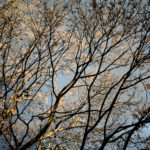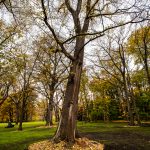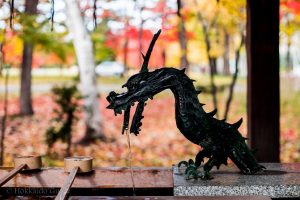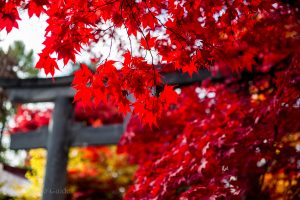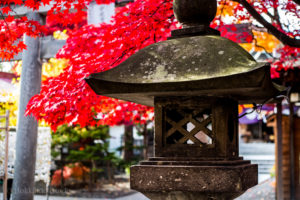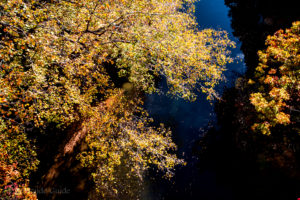
Category: Sightseeing
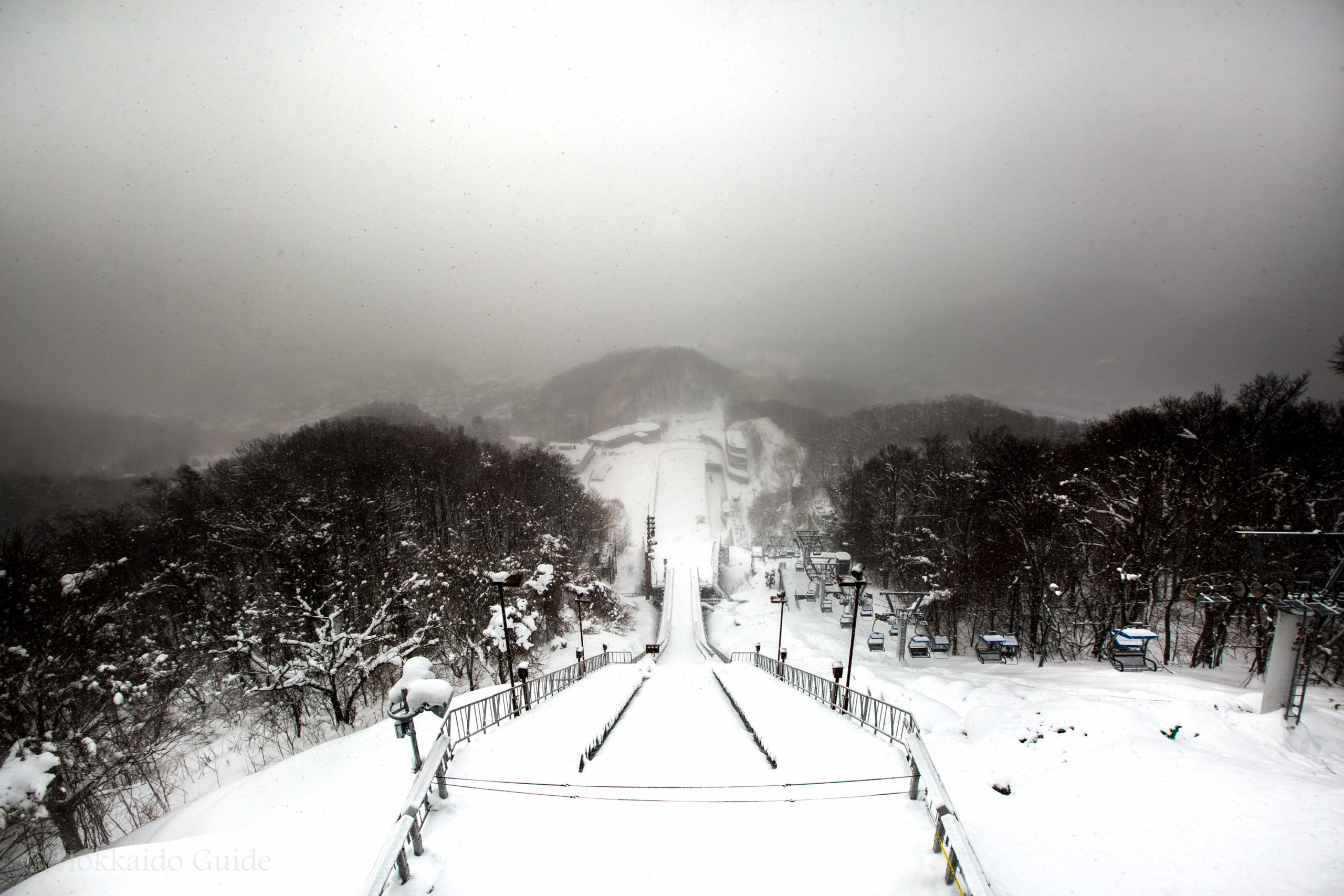
Okurayama Ski Jump
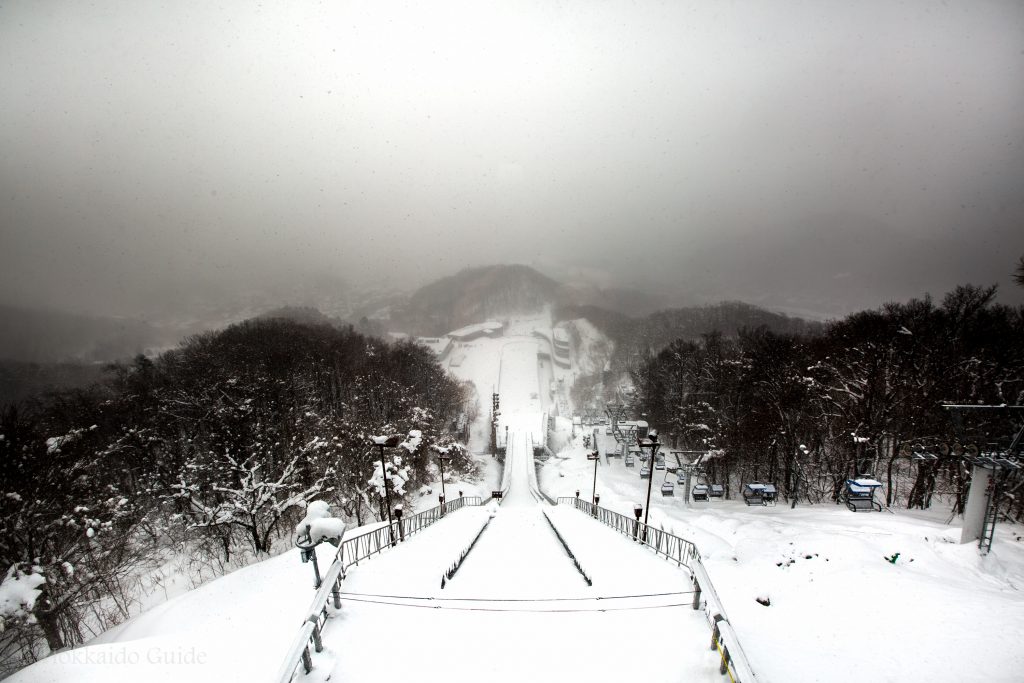
| Admission | Ski lift to top ¥500 adults ¥300 children |
| Opening Hours | 8:30 - 18:00 |
| Closed | - |
| Contact | 011-641-8585 |
| Notes | |
| Location / Getting There | 20 minute bus ride from Sapporo station (JR bus [circle 14] Arai Yamasen) 45 minute walk from Maruyama subway station Hokkaidō, Sapporo-shi, Chūō-ku, Miyanomori, 1274 |
Ski lifts to the look out. Rug up!
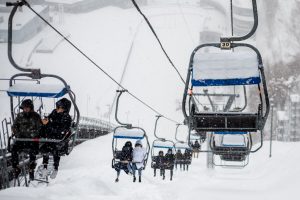
[the_ad id=”4264″]
Inside the observation deck
Escalators to the ski jump entrance
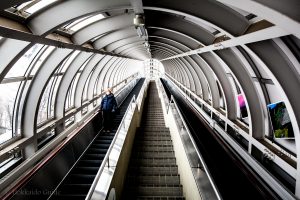
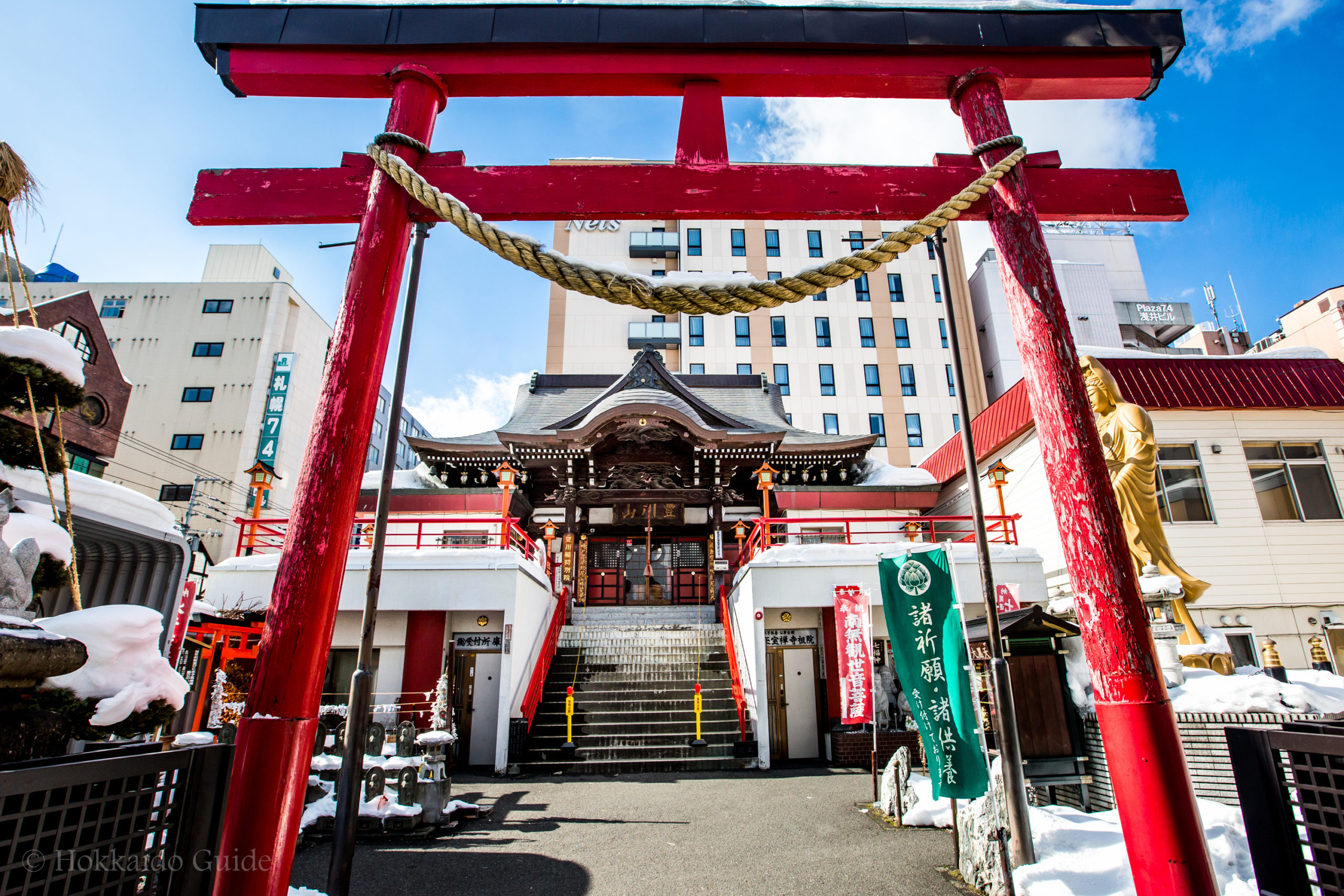
Tama Temple & Toyokawa Inari shrine
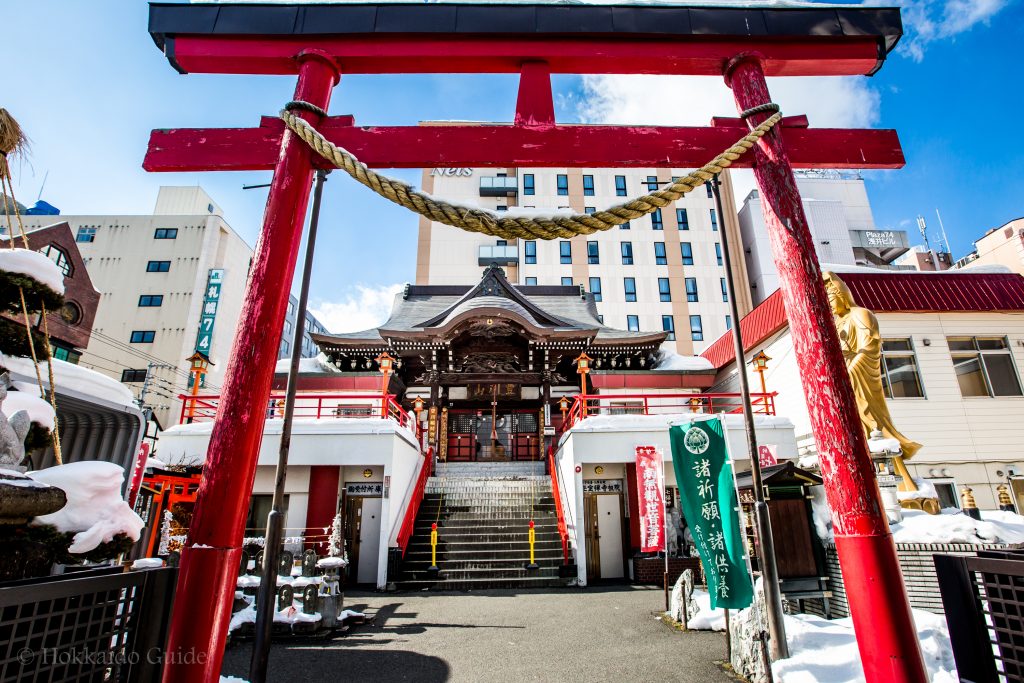
| Admission | Free |
| Opening Hours | - |
| Closed | - |
| Contact | 011-511-5917 |
| Notes | Buddhist temple |
| Location / Getting There | 5 minute walk from Nakajima station Hokkaido, Sapporo-shi, Chūō-ku, Minami 7 Jōnishi, 4 Chome−1−1 |
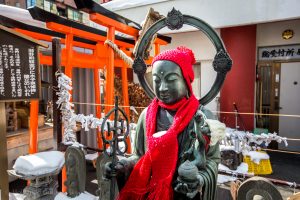 Tama Temple and Toyokawa Inari shrine were founded in 1891 and are located in the Susukino district of Sapporo. The temple is made of wood and reinforced concrete and is a nice small temple to visit. With the shrine right by, and in a convenient location, its a good spot to take some photos of not only the shrine, bu the many small statues around the temple. The Toyokawa Inari shrine is believed to have been built as a guardian company of Tamaji.
Tama Temple and Toyokawa Inari shrine were founded in 1891 and are located in the Susukino district of Sapporo. The temple is made of wood and reinforced concrete and is a nice small temple to visit. With the shrine right by, and in a convenient location, its a good spot to take some photos of not only the shrine, bu the many small statues around the temple. The Toyokawa Inari shrine is believed to have been built as a guardian company of Tamaji.
[the_ad id=’4264′]
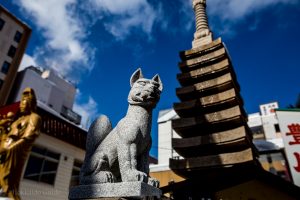 The shrine is said to have “watched Suzukino’s emotions and sorrows for years, and witnessed its prosperity”. The “gate pillar” has inscriptions of certain geisha during this time. A small garden was maintained in the precincts of the Inari shrine, and upon entering the area on the left you can see the ‘Mizuko Mourning Monument’. This shrine seems to have a sad past concerning children lost at birth. Tama Temple is one of the few remnants of the old days during the period of the shogun of Hokkaido.
The shrine is said to have “watched Suzukino’s emotions and sorrows for years, and witnessed its prosperity”. The “gate pillar” has inscriptions of certain geisha during this time. A small garden was maintained in the precincts of the Inari shrine, and upon entering the area on the left you can see the ‘Mizuko Mourning Monument’. This shrine seems to have a sad past concerning children lost at birth. Tama Temple is one of the few remnants of the old days during the period of the shogun of Hokkaido.

Shiryokan – Sapporo City Museum
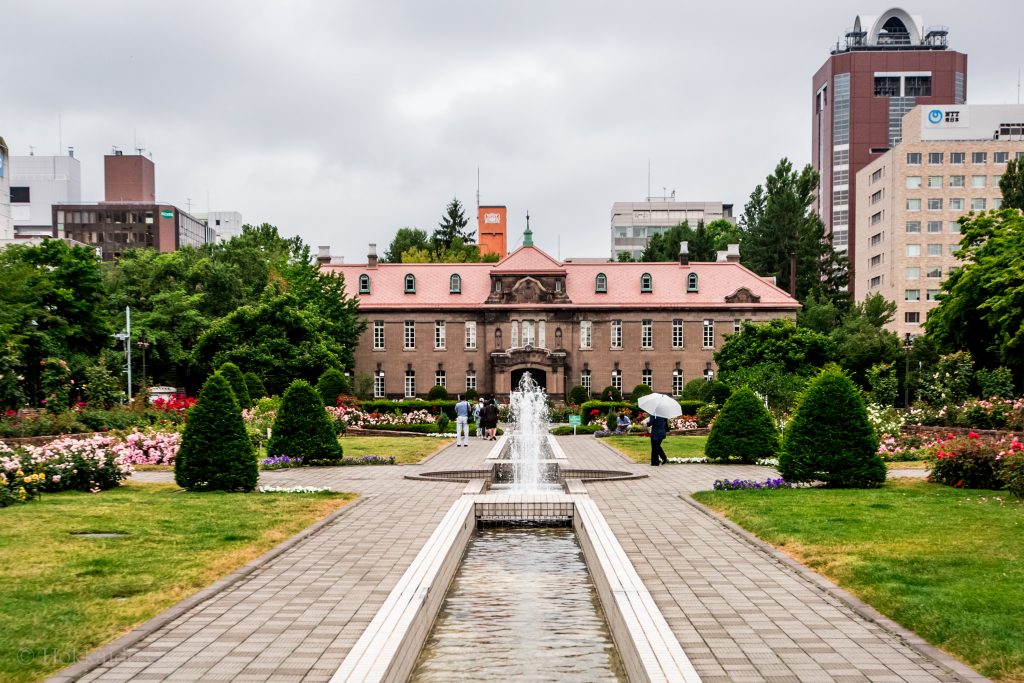
| Admission | Free |
| Opening Hours | 9:00 - 19:00 |
| Closed | Mondays December 29 - January 3 |
| Contact | 011-251-0731 |
| Notes | Wheelchair access Location of bike rental |
| Location / Getting There | 10 minute walk from Odori station 13-chome Otanishi, Chuo-ku, Sapporo-shi |
Open during year round
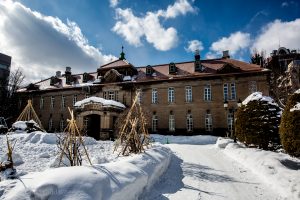
[the_ad id=”4264″]
Court room
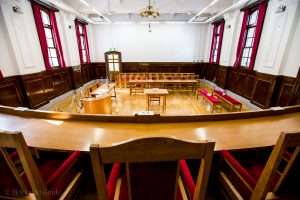
Gallery
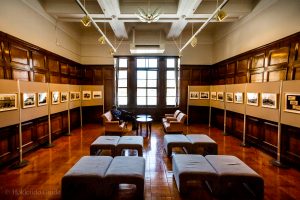
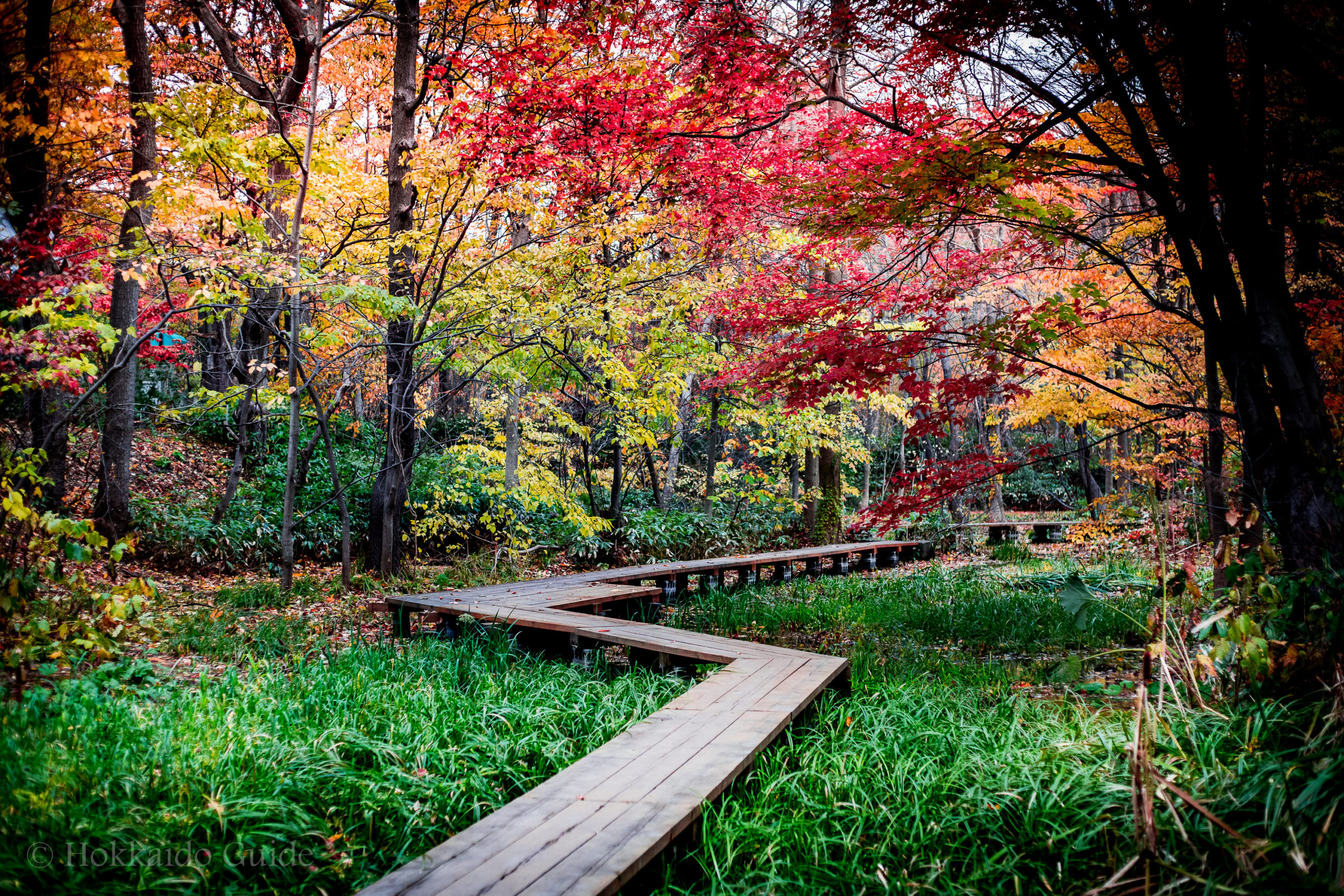
Hokkaido University Botanical Gardens
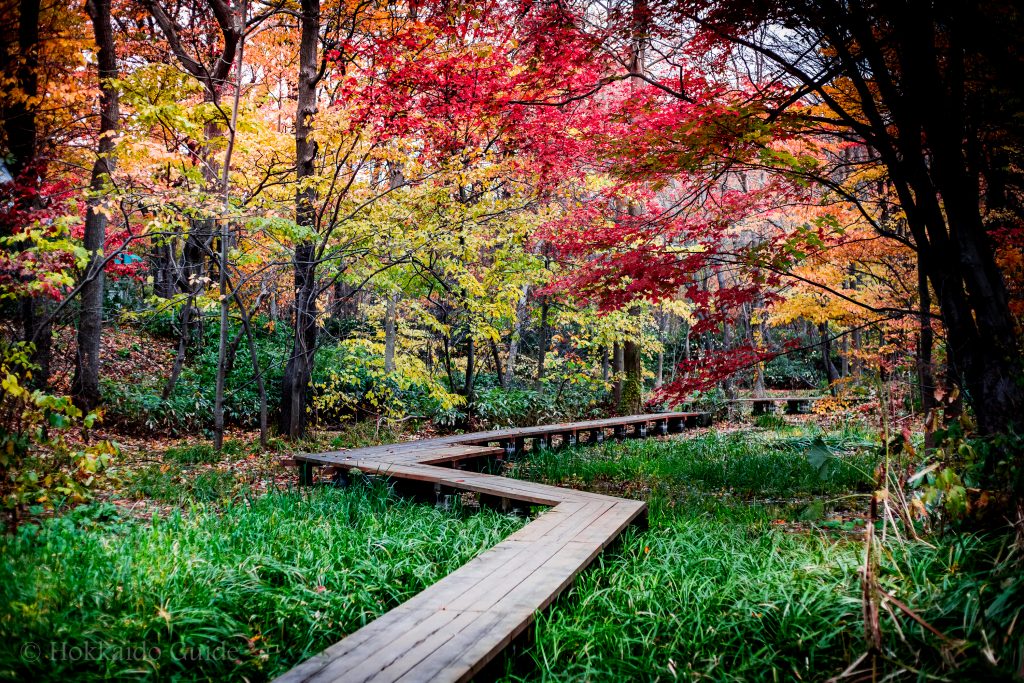
| Admission | Adults : ¥420 Aged 7 - 15 : ¥300 6 and under : free |
| Opening Hours | 9:00 - 16:30 (16:00 last entry) |
| Closed | Mondays(on Tuesday when Monday is a National Holiday) Winter - November to April |
| Contact | 011-221-0066 hubg@fsc.hokudai.ac.jp |
| Notes | Wheelchairs available to borrow The botanic garden does not allow pets on garden grounds. Service animals are permitted. Toilets available. No car parking Parking available for motorcycles and bicycles. |
| Location / Getting There | North3, West8, Chuo-ku, Sapporo, 060-0003, Japan 10 minute walk from Sapporo station |
Woodlands
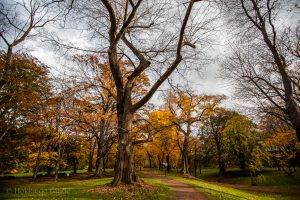
[the_ad id=”4264″]
Natural History Museum

Rose garden area
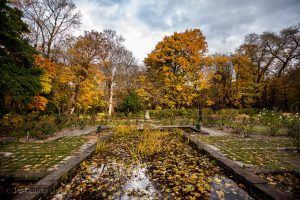
The botanical gardens, are only a 10 minute walk from Sapporo station on the south exit. It is also a few minutes on the west side of the Old Hokkaido Government Building so you can fit the gardens into a sightseeing schedule. The gardens are a nice spot to walk around, sit on one of the many lawns, and take in the nature. Visitors can enjoy the seasonal flowers and the autumn leaves.
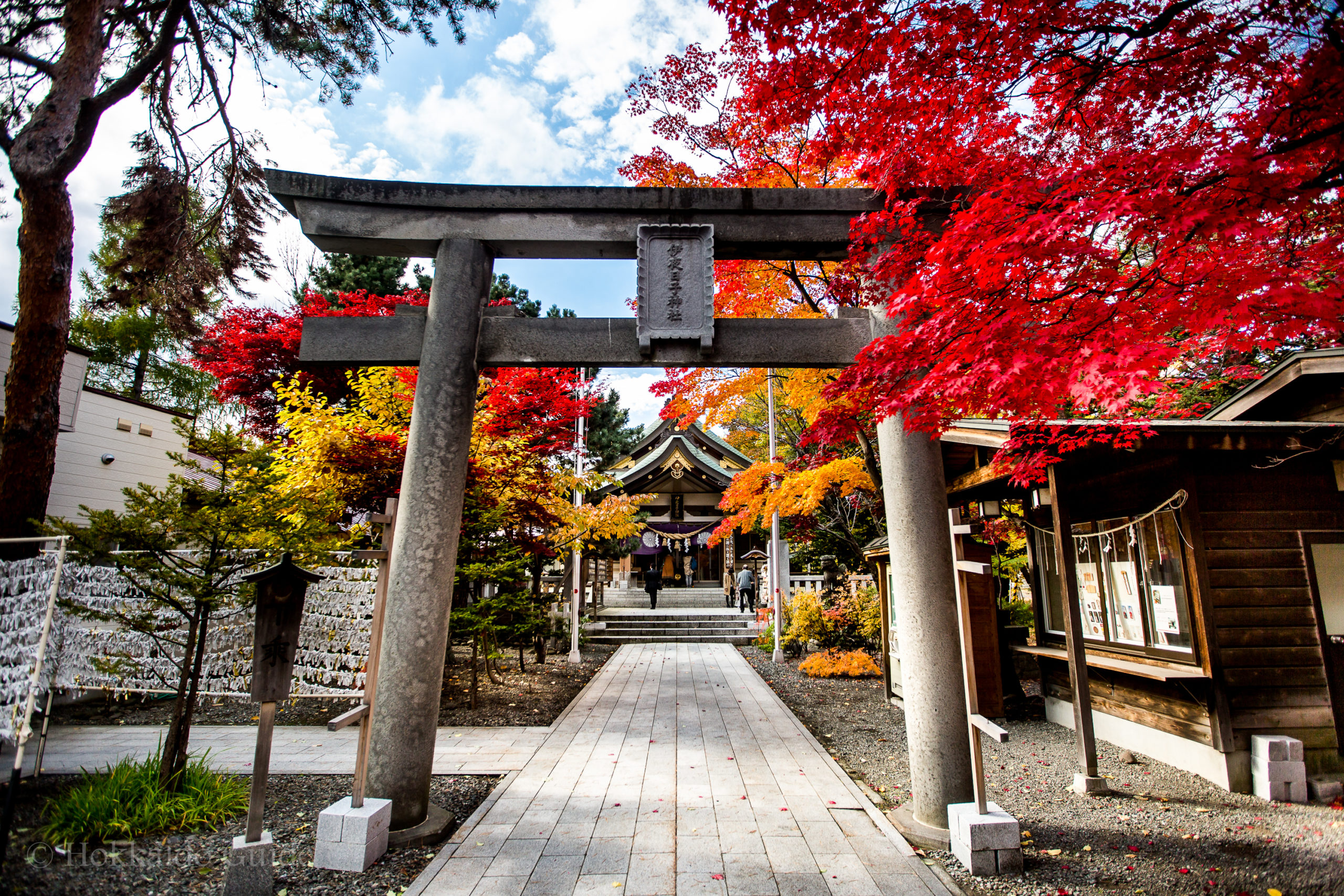
Iyahiko Shrine
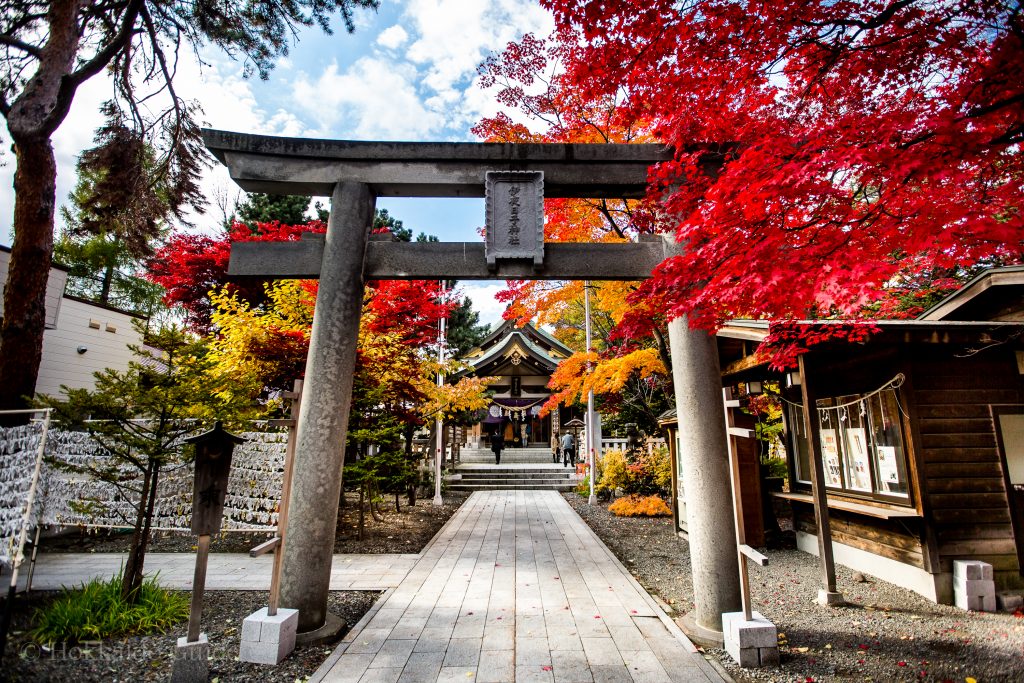
| Admission | Free |
| Opening Hours | 9:00 - 17:00 (including prayer room) |
| Closed | - |
| Contact | 011-521-2565 |
| Notes | Prayer room available for reservations. Available for weddings & funerals |
| Location | Nakajima Park 1- 8, Chuo-ku, Sapporo, Hokkaido 5 minute walk from Nakajima park station |
“Torii” located at the entrance
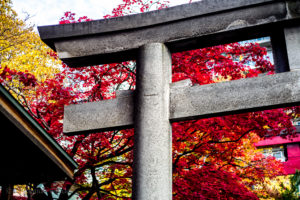
Nakajima Park it’s another nice little spot to visit to get some nice photos, to pray, or to buy a souvenir or prayer amulet. Feel free to walk around the small grounds, or sit for a coffee and enjoy a piece of Japanese culture. There are special events at the shrine that take place throughout the year, especially around New Year. Summer and the Obon festival are also big on the calendar. Iyahiko Shrine is especially beautiful during the autumn and winter seasons.
[the_ad id=”4264″]
“Komainu” statue guarding the temple

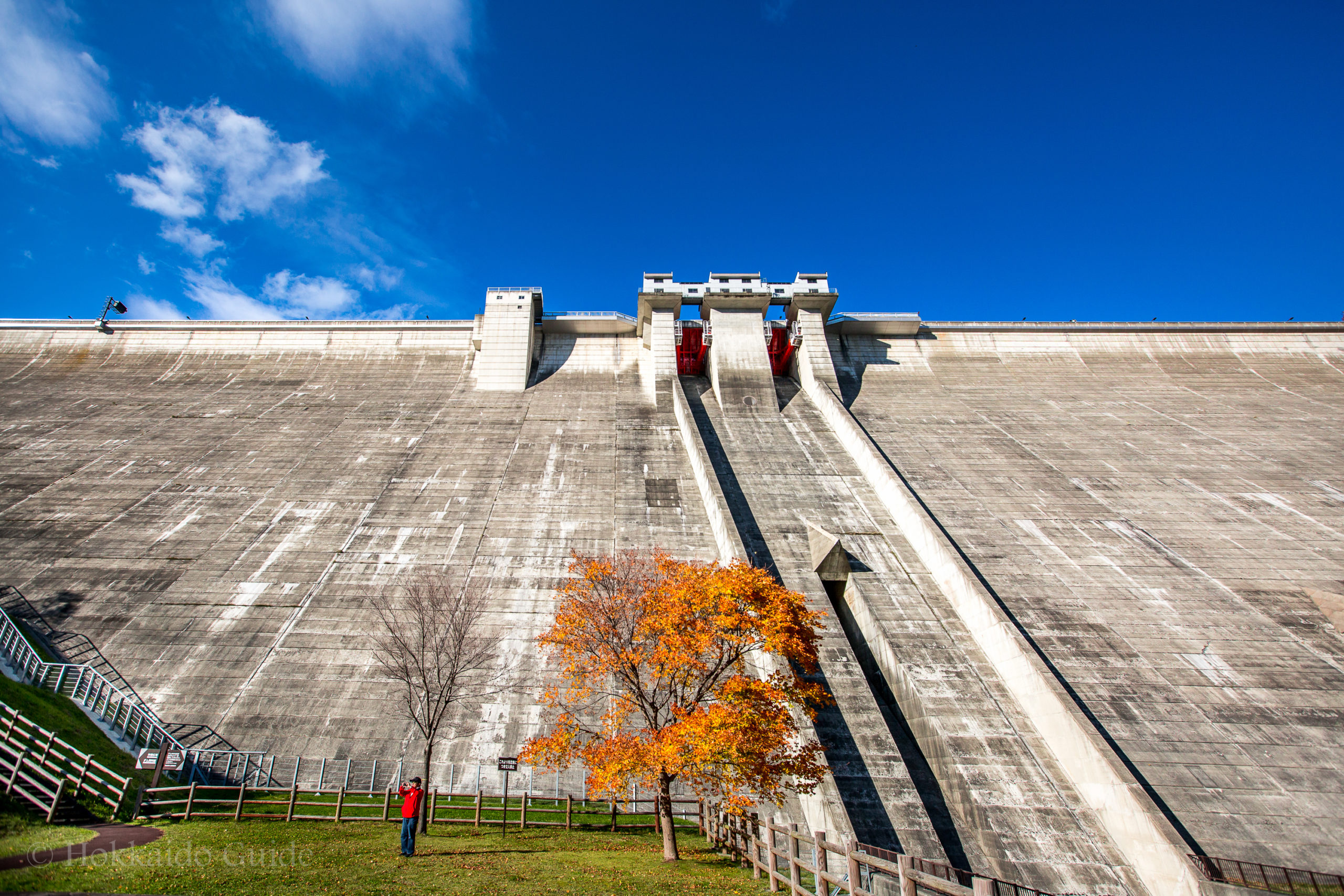
Jozankei Dam
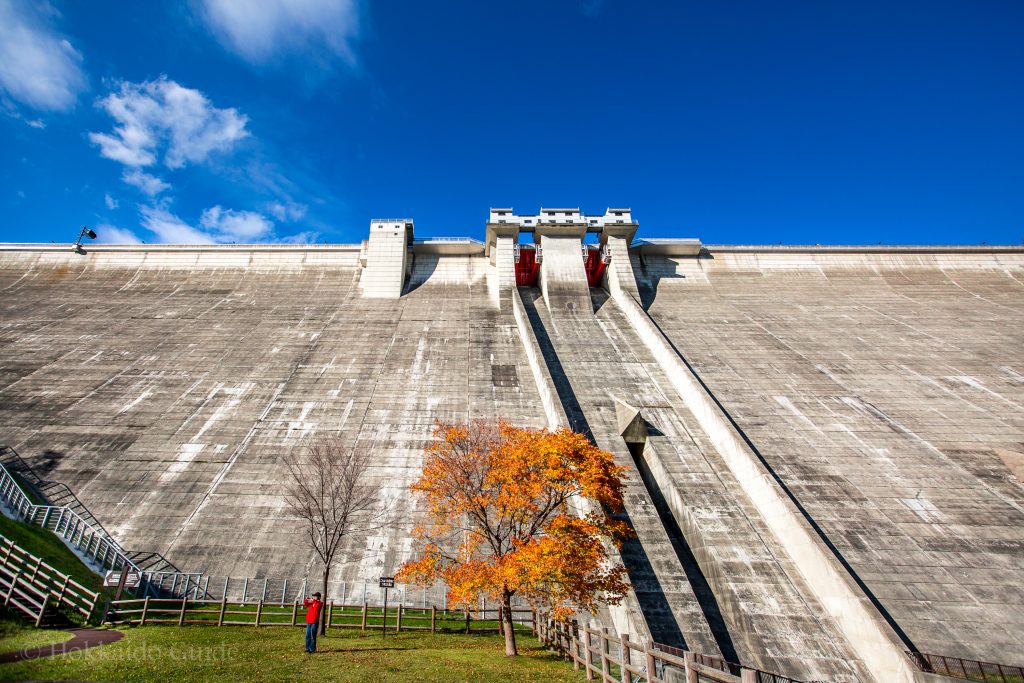
| Admission | Free |
| Opening Hours | From the middle of May to the end of October 9:00 - 16:00 |
| Closed | - |
| Contact | 011-598-2513 Jozankei Dam museum http://jozankei.jp/en/jozankei-dam/288 |
| Notes | Free parking Car needed |
| Location / Getting There | 061-2302 Sapporo, Hokkaido , Minami-ku Jozankei 8 10 minute drive from Jozankei |
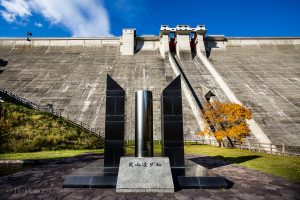 Jozankei Dam is a great sightseeing spot. Completed in 1989 and measuring at 117 metres, it offers fantastic views over Lake Sapporo and down the river in which it feeds into. Not only does Jozankei Dam have great views, but it also has a museum that is free to enter. The museum displays diorama models of the dams construction, has pictures and panels of the local area, and videos and exhibits detailing the electricity system.
Jozankei Dam is a great sightseeing spot. Completed in 1989 and measuring at 117 metres, it offers fantastic views over Lake Sapporo and down the river in which it feeds into. Not only does Jozankei Dam have great views, but it also has a museum that is free to enter. The museum displays diorama models of the dams construction, has pictures and panels of the local area, and videos and exhibits detailing the electricity system.
[the_ad id=”4264″]
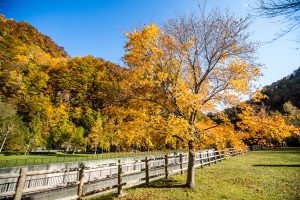 There is a trail that leads down to the bottom of the dam which makes for a pleasant walk through the trees and park areas. It makes for a great spot for a picnic, a spot of lunch or to view the autumn leaves in season. The trail to Mt. Kotengu can also be found here. The whole area of Jozankei is nice spot to drive or walk around. While in the area, there is not only Jozankei dam, but also the Ainu Culture Museum , Hakkenzan Winery, as well as all the Onsens!
There is a trail that leads down to the bottom of the dam which makes for a pleasant walk through the trees and park areas. It makes for a great spot for a picnic, a spot of lunch or to view the autumn leaves in season. The trail to Mt. Kotengu can also be found here. The whole area of Jozankei is nice spot to drive or walk around. While in the area, there is not only Jozankei dam, but also the Ainu Culture Museum , Hakkenzan Winery, as well as all the Onsens!

